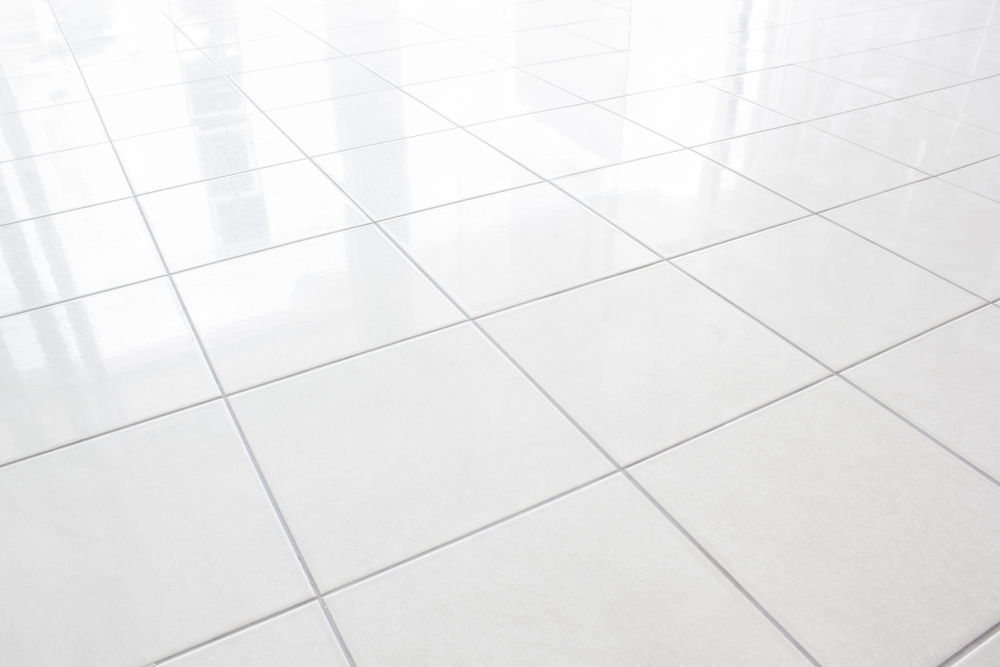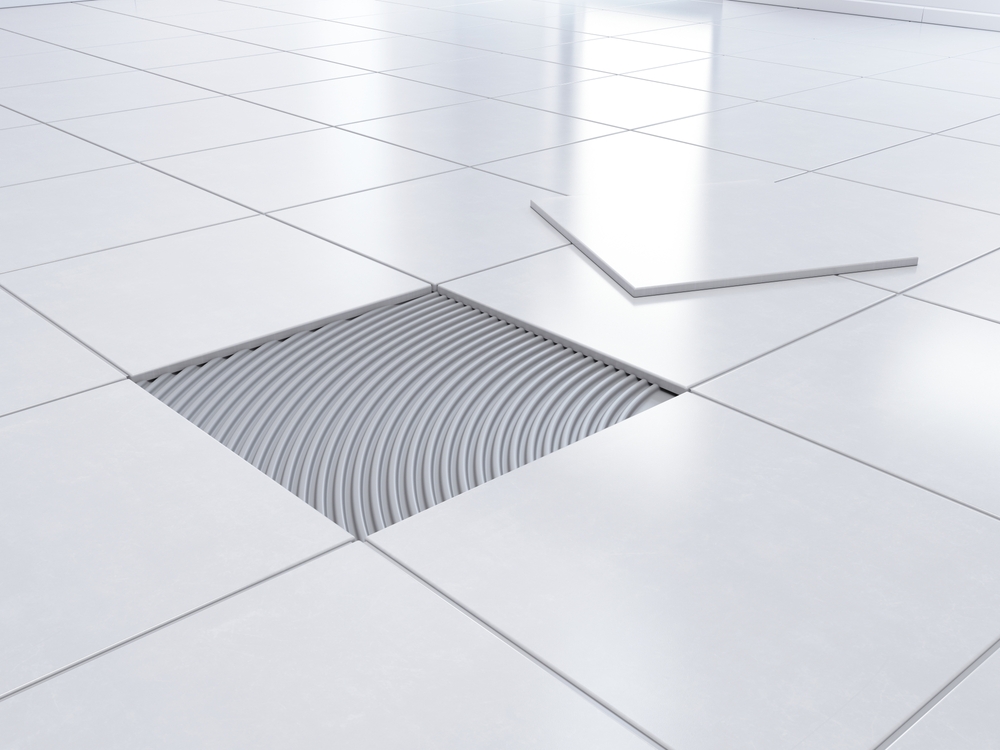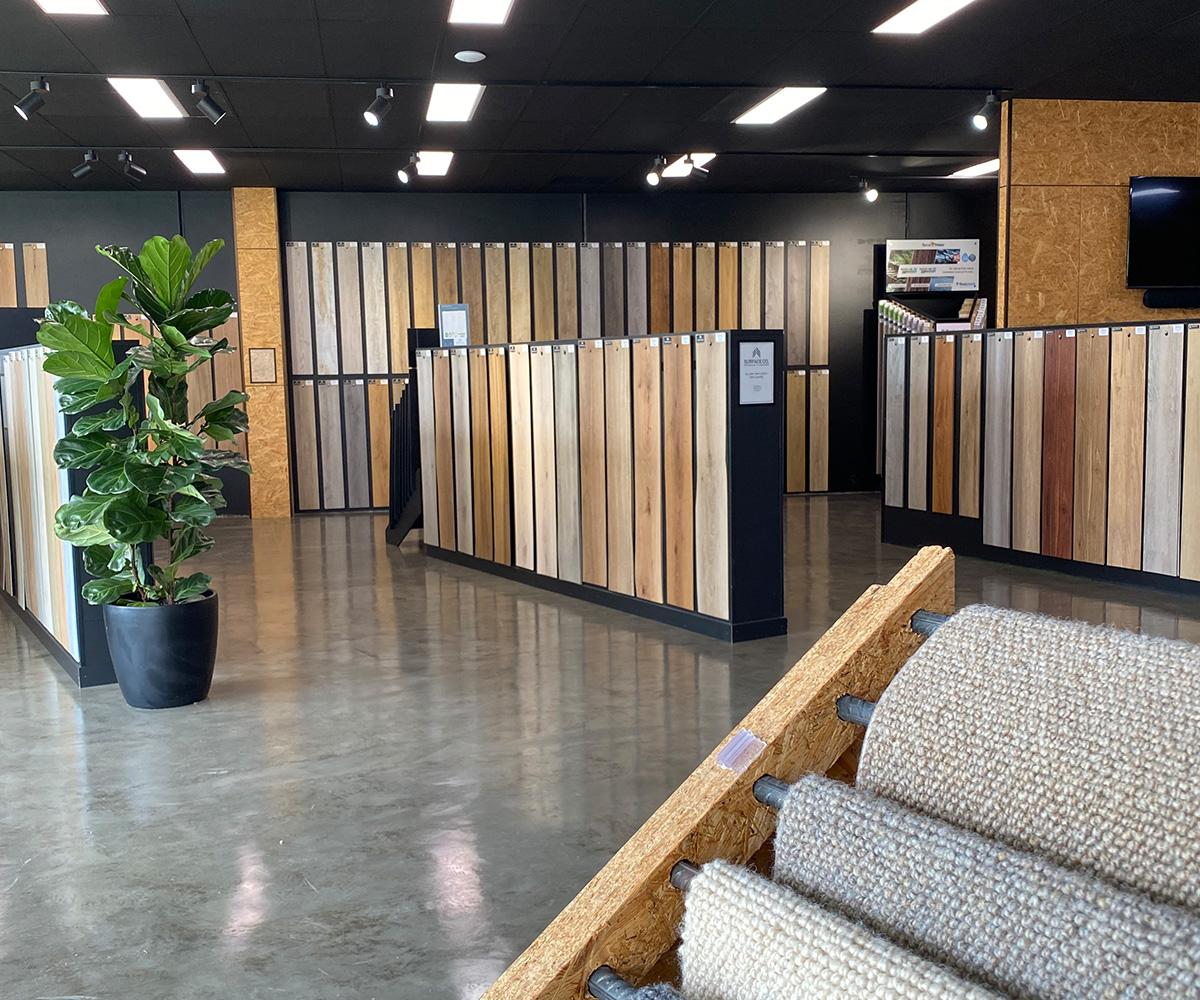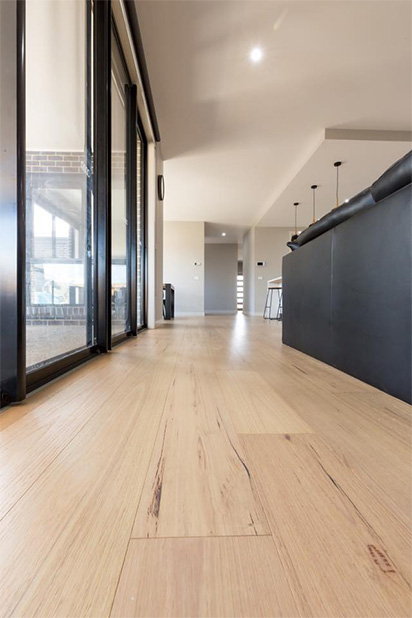Ceramic vs Porcelain Tiles: A Guide to Choosing the Right Tile For You
Tiles are a fantastic option for flooring in many circumstances and for many applications. From bathrooms and laundries to kitchens and living areas, tiles remain a great choice for floors in homes across Australia. With plenty of virtues and many different types of tiles available these days, it may be hard to know where to begin with tile selection. This month’s article focuses on just one aspect of this decision and will take you through the differences between, and the benefits of two common types of tiles: ceramic and porcelain. Plus, if you need tiles in Traralgon, keep reading to find out where to go for professional flooring expertise.

Porcelain Tiles:
Composition:
Porcelain tiles are made from a mixture of dense clay, like kaolinitic clay, along with fine sand and other components. When it comes to firing, this clay is fired at an extremely high temperature of 1250 degrees Celsius.
Installation:
The installation process for both porcelain and ceramic tile is quite similar, however, some subtle differences are important to note, particularly for DIYers. Porcelain tiles are best installed by an experienced and professional tiler, due to their tendency to break or splinter during the cutting process. When handled by someone with tiling expertise, you can rest assured that your porcelain tiles will be cut to size, and installed correctly.
Cost:
When considering the initial cost, there is a higher upfront investment when it comes to porcelain tiles than ceramic tiles. However, this cost must be balanced with the great durability of this material, as this could mean lowered maintenance costs, and a longer lifespan overall.
Durability:
When it comes to durability, porcelain tiles are less porous than ceramic tiles, due to their greater density. This density means that these tiles are more moisture-resistant, making them a great option for a true wet area, such as a bathroom. In addition, the composition of porcelain tiles ensures that they are suited for heavy-duty use, as they are extremely durable and hard-wearing.
Application:
So, what can porcelain tiles be used for? Due to their increased durability and low porosity, these tiles can be used for interior and exterior purposes. They can be installed in high-traffic areas of the home, on both walls and floors, and they perform terrifically in wet areas.

Ceramic Tiles:
Composition:
Ceramic tiles are composed of a coarser clay, as well as a smaller portion of fine kaolin clay. A big difference comes into play when it comes to firing ceramic tiles, as this is done at a lower temperature, ranging from 982 to 1093 degrees Celsius.
Installation:
While the overall installation of ceramic tiles is very similar to that of porcelain tiles, once again, it is the cutting stage that can be quite different. When it comes to cutting ceramic tiles, this can often be done easily at home by the DIYer using either a wet tile saw, or even just a snap tile cutter.
Initial Cost:
The upfront cost of ceramic tiles is less than that of porcelain tiles. They are no doubt a more cost-effective option, especially when the potential for DIY installation is taken into account. As with porcelain tiles, however, a long-term and balanced approach should be considered, because these tiles may bring greater maintenance costs over the years.
Durability:
While it is agreed that a lower density means that ceramic tiles are not as hard-wearing as their porcelain counterparts, overall, these tiles remain a durable option for flooring. They are in turn, more porous than porcelain tiles, and that means that they generally need to be thoroughly glazed to maintain durability, and this can even include sealing the grout.
Application:
As ceramic tiles have different virtues than porcelain tiles, they are used for slightly different applications. They are suitable for both walls and floors, though they will not perform as well on floors in very high-traffic areas of the home. Further, they are not recommended for use in exterior situations.
Compare the Pair:
What you might have gathered by now is that porcelain and ceramic tiles share some similarities, and they also have some important differences. Unfortunately, there is no clear winner between ceramic and porcelain tiles, and certainly not one that can apply to every individual situation. Suppose you are trying to decide between porcelain tiles and ceramic tiles. In that case, it is necessary to take all the different factors into account, from the intended application to your budget. Remember to be flexible and balanced in your decision between porcelain and ceramic, and always consult a tiles expert such as a member of SurfaceCo tiles Traralgon if you are unsure. That way, you can be assured of a great outcome.
Do You Need Tiles in Traralgon?
If you need tiles in Traralgon, or indeed carpet, timber flooring, or hybrid flooring, then look no further than Surface Co Premium Flooring. When it comes to choosing tiles, or any type of flooring for your home, we understand that you want to partner with flooring experts. That’s why we are proud to offer you 18 years of flooring installation experience, alongside 15 years as a leading premium flooring provider. Let our expertise and experience guide you and help with all your flooring needs.
Get in touch with us at 03 9039 5020, or visit us at our boutique showroom at 305 Princes Highway, Traralgon East, Vic, 3844. Alternatively, you can email us at any time at reception@surfaceco.com.au.


